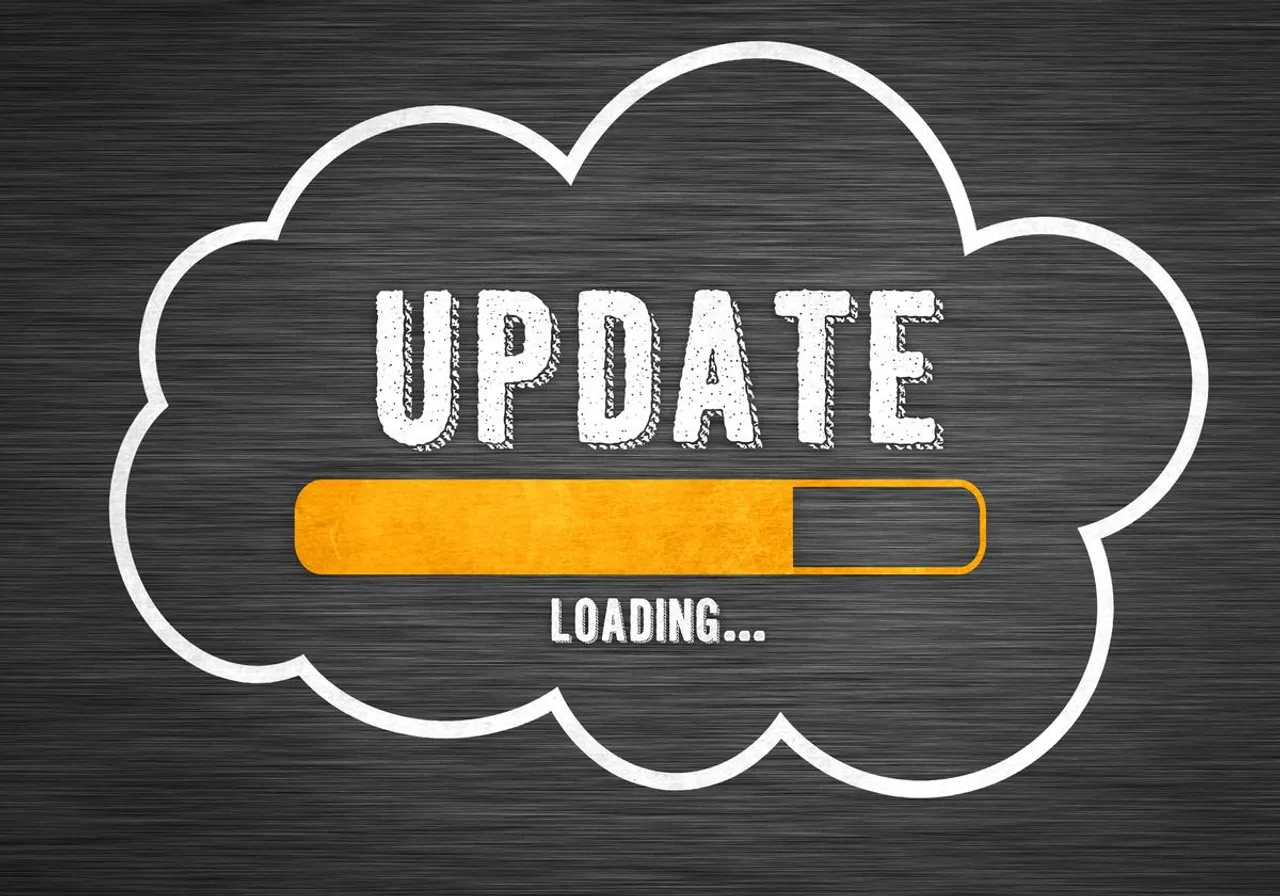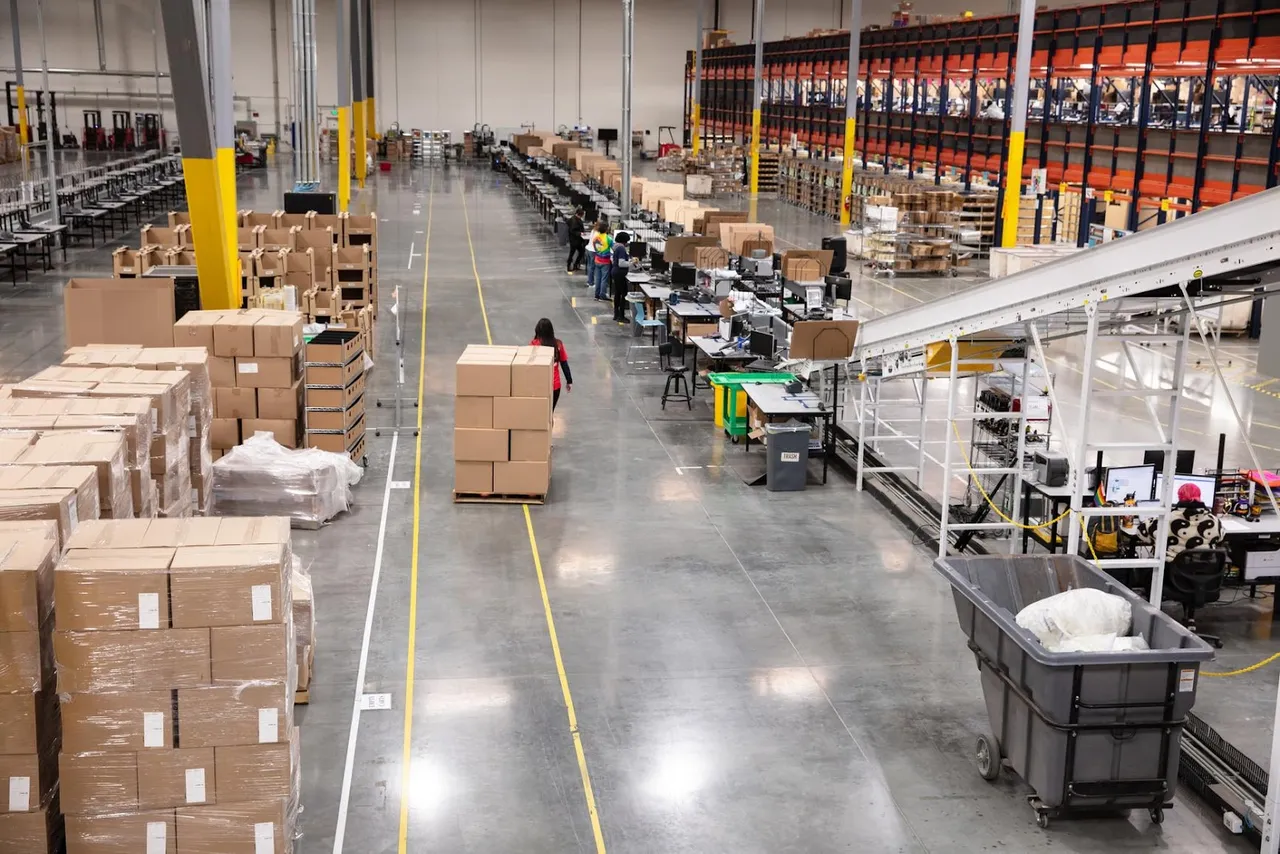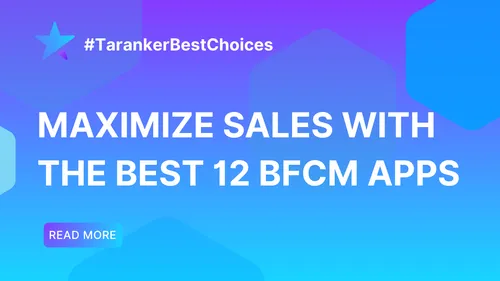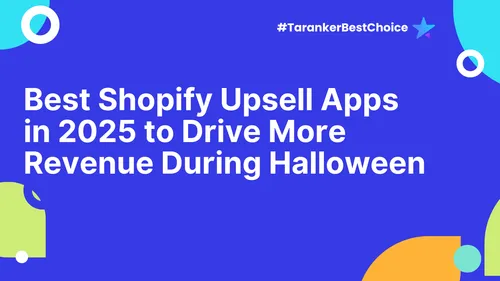Scaling a Shopify dropshipping business can be overwhelming without the right systems in place. Automation is the key to achieving growth while minimizing the manual work involved in running your store. By automating tasks like order fulfillment, inventory management, and customer support, you can free up valuable time to focus on marketing, scaling, and customer satisfaction. In this guide, we’ll explore the tools and strategies that will help you automate your Shopify dropshipping business for maximum efficiency.
If you're still deciding whether dropshipping is the right model for your Shopify store, consider the insights in Top 5 Reasons Why Dropshipping Is Ideal for Your Shopify Business.
1. Automate Product Sourcing and Order Fulfillment

Automating product sourcing and fulfillment is crucial in a dropshipping model. Shopify apps like DSers, Oberlo, or Spocket allow you to easily import products from suppliers and automatically sync orders between your store and your suppliers. This means that as soon as a customer places an order, the supplier is notified, and the product is shipped directly to the customer without you having to manually manage the process.
-
Key Benefits:
-
Orders are fulfilled without manual intervention.
-
Inventory and shipping updates are synced automatically.
Action Step: Integrate a fulfillment app like DSers or Oberlo with your Shopify store to streamline order processing.
2. Automate Email Marketing Campaigns

Effective email marketing is essential for customer retention and nurturing leads, but manually sending emails can be time-consuming. Use tools like Klaviyo or Omnisend to automate your email campaigns based on customer behavior. Set up triggered emails for abandoned carts, order confirmations, or product recommendations to increase sales and maintain engagement with minimal effort.
-
Key Features:
-
Automate abandoned cart recovery.
-
Send personalized product recommendations based on browsing history.
Action Step: Set up a series of automated email workflows that trigger based on customer actions, such as visiting a product page or leaving items in their cart.
3. Streamline Customer Support with Chatbots

Offering prompt customer support is crucial, but managing inquiries manually can be overwhelming as your business grows. Implementing chatbots like Tidio or Gorgias can help you automate customer service by answering frequently asked questions, providing order tracking details, and even resolving common issues.
-
Key Benefits:
-
24/7 automated customer support.
-
Instant responses to frequently asked questions, reducing customer wait times.
Action Step: Integrate a chatbot to handle routine queries and provide instant support, while your team focuses on more complex issues.
4. Use Automation for Inventory and Pricing Updates

Keeping track of inventory manually can lead to overselling or stockouts. Shopify apps like Stock Sync and PriceMole allow you to automate inventory tracking and update prices in real-time based on supplier availability and market trends. This ensures that you never sell out-of-stock items and that your pricing stays competitive.
-
Key Features:
-
Automatically update inventory levels.
-
Adjust pricing based on supplier costs and competitor prices.
Action Step: Set up inventory and pricing automation to prevent stock issues and maintain profitability.
5. Schedule Social Media Posts

Maintaining an active social media presence is crucial for building your brand and driving traffic to your store. However, manually posting on multiple platforms can be time-consuming. Tools like Buffer or Hootsuite allow you to schedule posts across platforms like Instagram, Facebook, and Twitter, ensuring consistent engagement with your audience without daily intervention.
-
Key Benefits:
-
Schedule posts in advance across multiple social channels.
-
Analyze social media performance to optimize future posts.
Action Step: Plan your content and schedule posts for peak engagement times using social media management tools.
6. Automate Reporting and Analytics

Tracking the performance of your dropshipping store can provide valuable insights into what's working and where improvements are needed. Instead of manually compiling reports, you can use tools like Google Analytics, Shopify Analytics, or Supermetrics to automate reporting on key metrics such as conversion rates, customer acquisition costs, and sales trends.
-
Key Metrics:
-
Sales growth over time.
-
Customer behavior insights, such as time spent on site or most viewed products.
Action Step: Set up automated reporting tools to receive regular performance updates, so you can make data-driven decisions.
For strategies to grow your store beyond initial automation, explore How to Scale Your Shopify Dropshipping Business to Six Figures.
7. Outsource Order Fulfillment at Scale

When your business grows beyond what dropshipping apps can handle efficiently, consider outsourcing order fulfillment. Services like Fulfillment by Amazon (FBA) or third-party logistics (3PL) providers can manage larger volumes of orders, freeing you to focus on scaling your business further.
-
Key Benefits:
-
Professional management of logistics, warehousing, and shipping.
-
Faster delivery times, especially for international orders.
Action Step: Partner with a fulfillment provider once your order volume reaches a level where you need faster, more efficient shipping.
Conclusion: Automate Your Way to Success
Automation is the backbone of any successful Shopify dropshipping business. By implementing tools that streamline order fulfillment, customer service, marketing, and inventory management, you can focus on growing your business rather than getting bogged down in daily operations. Start automating these core processes today, and watch your Shopify store scale with greater efficiency, productivity, and profitability.













